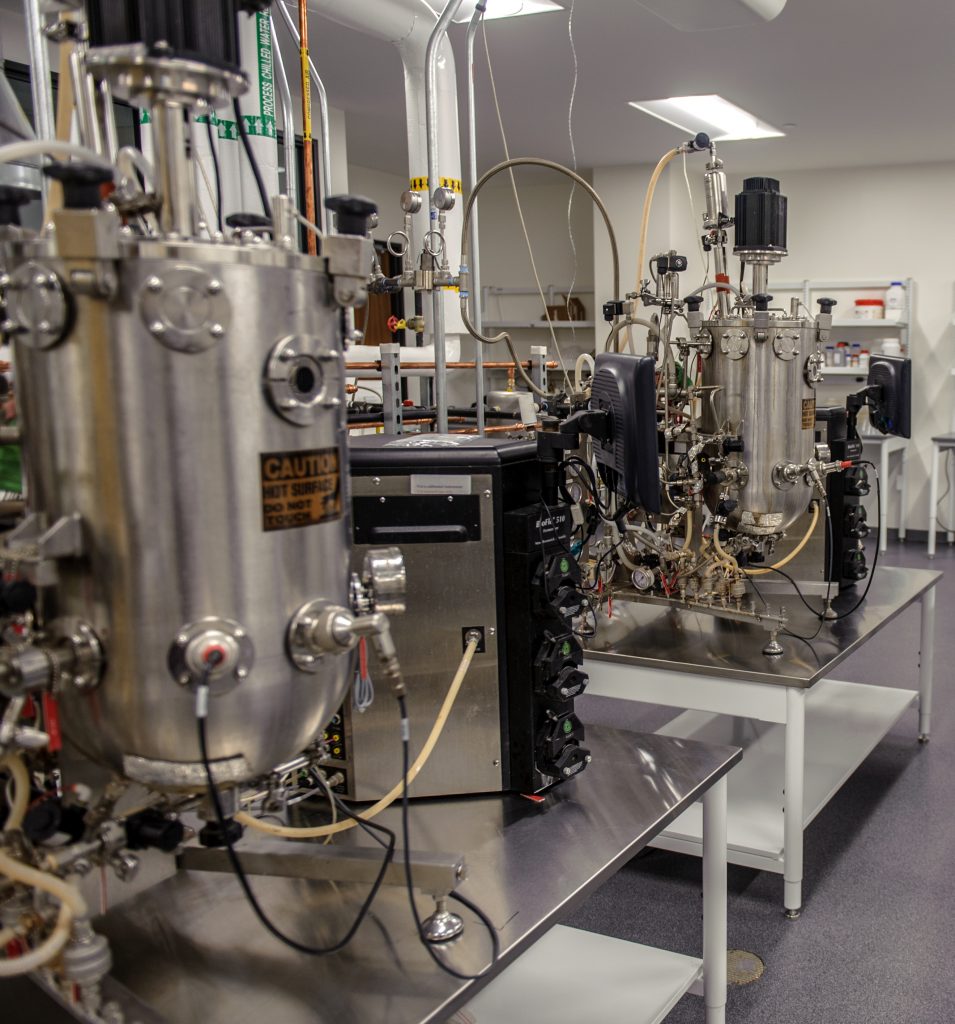If I were to try to distill all of my capabilities into a few short phrases, one of these would probably be: Life sciences technology transfer. Getting this right requires a detailed understanding of hundreds or even thousands of process parameters, manufacturing operations, raw material, utility and product specifications, equipment specifications, testing requirements, operating and capital costs and much more. Getting it wrong often leads to expensive and time-consuming failures. I often tell my established clients that most of what I do for them is compare two different documents, point out the differences and then send them an invoice. This is, in fact, much of what technology transfer entails and I liberally cover documents I review with real or electronic red ink to make sure they are correct.

When assisting a client with technology transfer for process development or manufacturing plant design or when developing a process simulation model, my first step is to gather as much information as possible about the process by reviewing all available written materials and interviewing the client’s scientists and engineers as well as any operations and maintenance personnel that actually run the process and maintain the equipment. I then work with the client to develop a detailed written user requirements specification or, depending on the project, a process simulation model to precisely define the process in as much detail as possible. Often, clients don’t see the need for this level of effort early in a project. However, I find that the act of trying to describe in writing or model a process in detail greatly improves my understanding of the process and invariably raises more questions and identifies the need for more information.
Having a well-defined process greatly facilitates the scale up of a process or its transfer to a new manufacturing location or entirely new manufacturing plant. This technology transfer package becomes the basis for developing all of the rest of the project documents from process flow diagrams and material and energy balances to the engineering design package to operating procedures and work instructions.